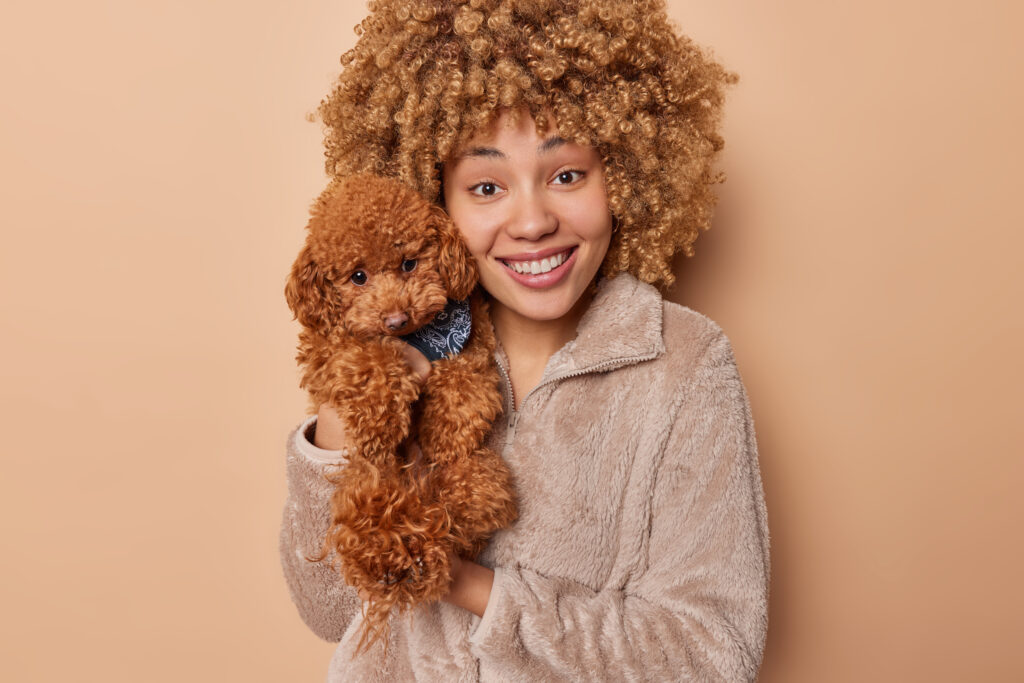Hair profoundly impacts our self-image, playing a crucial role in our overall self-esteem. Wigs emerge as a dynamic solution for individuals facing hair loss or those in pursuit of a new aesthetic, offering not just a restoration of appearance but a bold statement of style and confidence.
The Psychological Benefits of Wearing Wigs
Beyond their aesthetic appeal, wigs carry significant psychological benefits, bolstering confidence and positively influencing self-perception. They empower wearers to reclaim their identity and express themselves, serving as a tool for transformation and self-expression.
One of the most immediate benefits of wig-wearing is the boost in confidence and self-esteem it can provide. For individuals experiencing hair loss due to medical conditions such as alopecia or chemotherapy treatments, wigs offer a way to restore a sense of normalcy and beauty. This restoration is not just about looking similar to how one did before hair loss but also about feeling in control of one's appearance again. The ability to choose a hair style or color can make individuals feel empowered, diminishing the focus on their illness and instead highlighting their strength and personality.
Addressing Fears and Anxieties
The journey to embracing wigs is often paved with various fears and anxieties. Concerns about wig detection, self-image, social judgment, and the practicalities of securing and maintaining a wig are common. Acknowledging these worries is the first step toward overcoming them, as education, community support, and professional advice can alleviate these concerns, guiding women to wear wigs with confidence.
Read more: How to Wear a Wig like a Pro
Choosing the Right Wig
Selecting the perfect wig involves considering personal style preferences, face shape, and lifestyle. The decision between synthetic and human hair wigs hinges on desired maintenance, look, and budget, with each type offering distinct advantages.
Customization and Personalization
For a wig to truly enhance confidence, it must feel like a part of you. Customizing for fit and personalizing with styling are crucial steps toward achieving a natural appearance that reflects your individuality.
Practical Tips for Wig Wearers
- Find the Perfect Fit: A well-fitting wig ensures comfort and security, enhancing your confidence in any setting.
- Style Exploration: Embrace the versatility of wigs by experimenting with different looks to discover what best suits your personality.
- Styling Skills: Basic styling knowledge can greatly improve the natural look of your wig, making it an integral part of your identity.
- Quality Care Products: Investing in the right care products not only prolongs your wig's lifespan but also keeps it looking its best, reinforcing your self-assurance each day.
Addressing Common Concerns: FAQs
Q: Can people tell I'm wearing a wig?
A: Modern wigs are designed to look incredibly natural. Features like lace fronts and monofilament tops mimic the appearance of natural hair growth, making it difficult for others to detect you’re wearing a wig.
Q: How do I secure my wig so it doesn't fall off?
A: Wigs can be secured using adjustable straps, special wig adhesives, double-sided tapes, or wig grips. The choice depends on personal preference and the level of physical activity.
Q: How often should I wash my wig?
A: Synthetic wigs typically need washing every 4-6 weeks, while human hair wigs require cleaning after 6-8 wears. Adjust this based on your activity level and exposure to elements like smoke or strong smells.
Q: Will wearing a wig damage my natural hair?
A: No, wearing a wig won’t harm your natural hair if you maintain good scalp hygiene and use a wig cap to protect your hair. Make sure your hair is completely dry before putting on the wig to avoid any potential issues.
Q: Can I sleep in my wig?
A: Sleeping in your wig is not recommended as it can lead to tangling and premature wear. For comfort and scalp health, consider a soft headcover or turban for sleeping.
Q: How do I deal with itchiness under my wig?
A: Wig liners or caps can help reduce itchiness by creating a barrier between your scalp and the wig. Keeping both your scalp and the wig clean, along with occasional use of scalp-soothing products, can also alleviate discomfort.
Overcoming the Stigma Attached to Wig Wearing
While societal perceptions are evolving, overcoming stigma starts with self-acceptance and extends to educating others. Sharing personal stories can inspire and challenge outdated views on wig wearing. Self-acceptance forms the cornerstone of this journey, as individuals learn to embrace their reasons for wearing wigs, whether they stem from medical conditions, personal choice, or the desire for aesthetic diversity. This acceptance is not just about making peace with the use of wigs but also about recognizing and valuing the role they play in one’s life. It can be a transformative process, shifting the narrative from one of loss or inadequacy to one of empowerment and self-expression.
Finding Strength in Transformation
The decision to wear a wig, whether for aesthetic changes or as a result of hair loss, is a deeply personal one. By understanding the practicalities and embracing the versatility and opportunities wigs provide, individuals can navigate this aspect of their lives with confidence and grace. Remember, the essence of your beauty and strength transcends physical appearances, shining through in your courage and vibrant personality.
